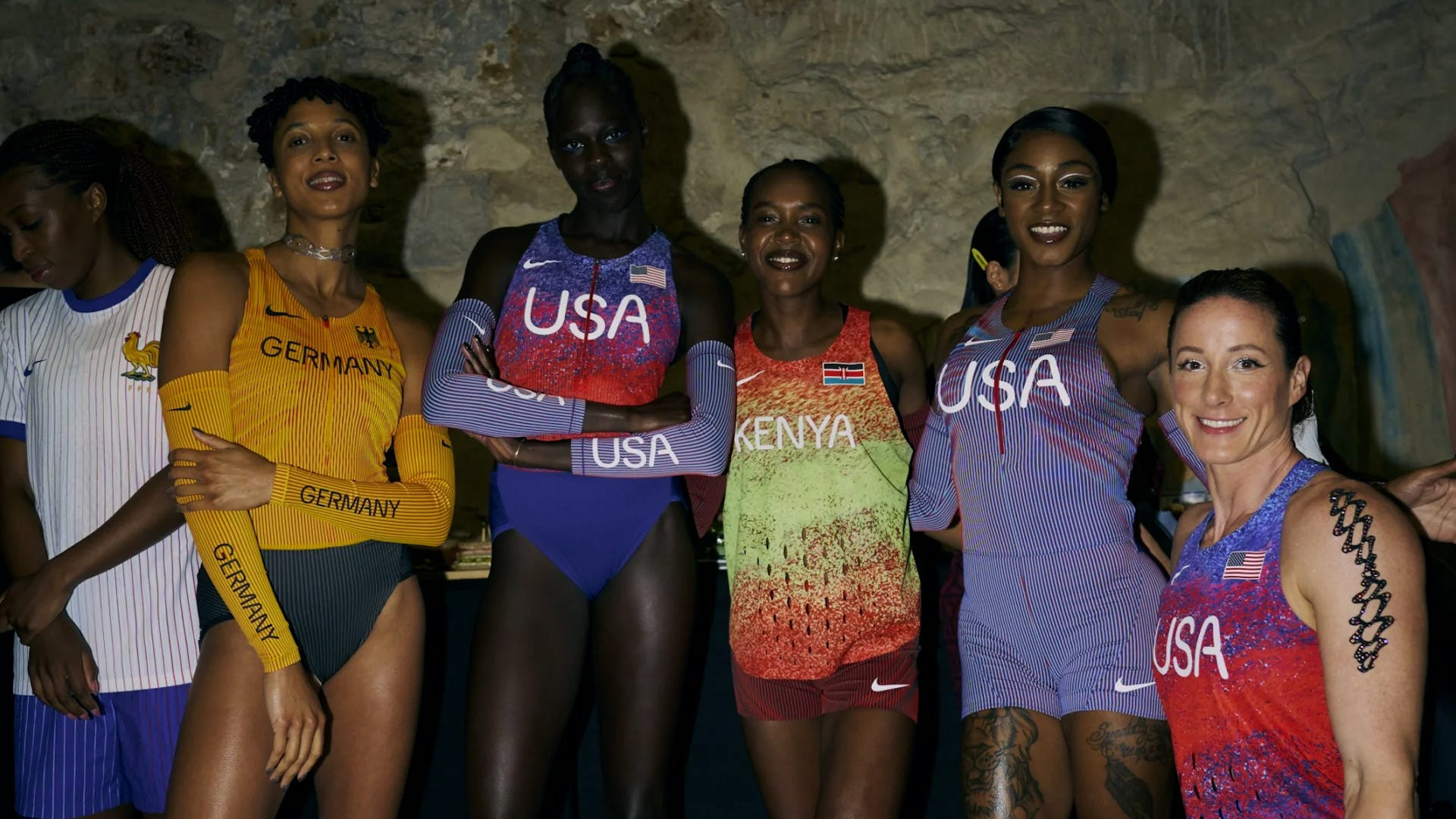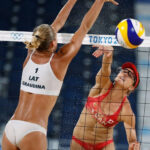Nike’s unveiling of the uniforms for Team USA’s track and field athletes for the upcoming Paris Olympics has ignited a significant online discussion. The designs, particularly the women’s kit, have drawn both criticism and support, highlighting differing perspectives on athlete wear, performance, and representation in sports.
Nike’s Perspective: Athlete-Centric and Data-Driven Design
In response to the swirling controversy, Nike has emphasized that the Paris 2024 collection is their “most athlete-informed, data-driven and visually unified” to date. According to an official statement, the design process prioritized athlete input, focusing on choice, comfort, and peak performance. John Hoke, Nike’s chief innovation officer, stated that the kits are designed to offer a wide array of silhouettes, catering to diverse sports, body types, and sizes, while maximizing breathability and athletic function. The collection boasts nearly 50 unique track and field uniform options for both men and women, allowing athletes to select outfits that align with their personal preferences and event requirements. Track and field athlete Anna Cockrell has publicly supported the designs, stating she provided feedback during the development process and found the fit allowed for unrestricted movement during testing.
 Mannequins showcasing the new Nike Team USA uniforms for the Paris 2024 Olympics, featuring the women's leotard design at the center of controversy.
Mannequins showcasing the new Nike Team USA uniforms for the Paris 2024 Olympics, featuring the women's leotard design at the center of controversy.
Athlete Criticism: Concerns Over Skimpiness and Representation
Despite Nike’s claims of athlete-centric design, a wave of criticism emerged online, particularly concerning the women’s leotard design. Many athletes and commentators voiced concern that the uniform was excessively revealing, potentially prioritizing aesthetics over practical athletic needs and athlete comfort. Professional runner Philly Bowden sarcastically suggested Nike simply took the “old USA kit, and make it ✨less✨.” Queen Harrison Claye humorously inquired about European Wax Center sponsorship, highlighting the perceived emphasis on exposed skin. Jaleen Roberts raised practical concerns about potential exposure during athletic movements. Former track and field athlete Lauren Fleshman argued that the design felt more like a “costume born of patriarchal forces” than a performance-enhancing kit, questioning whether the design would be enthusiastically adopted in sports like WNBA or NWSL. Critics argue that women’s athletic wear should primarily serve performance, both physically and mentally, and questioned if the design truly reflected the needs of elite track and field athletes.
Athlete Defense: Choice, Comfort, and Personal Preference
Conversely, some athletes have defended the Nike Team Usa Uniforms, emphasizing the element of choice and personal comfort. Runner Sinclaire Johnson reassured critics that the sample mannequin presentation might be misleading and the uniforms fit differently on real athletes. Olympic pole vaulter Katie Moon highlighted the extensive options available within the collection, stating athletes have around 20 different uniform combinations and even the option to choose men’s kits if preferred. Moon personally expressed a preference for less fabric in hot and sweaty competition conditions, emphasizing athlete autonomy in uniform selection. She asserted that athletes should be supported in choosing what they feel best competing in, whether it be more or less revealing, and that the focus should be on athlete choice and comfort.
Navigating the Uniform Debate: Performance, Autonomy, and Inclusivity
The controversy surrounding the Nike Team USA uniforms underscores a broader conversation about the balance between performance, athlete autonomy, and representation in sports apparel. While some view the designs as prioritizing a skimpy aesthetic that may not be conducive to all athletes’ comfort or performance needs, others emphasize the importance of offering athletes choices and catering to individual preferences. The debate also touches upon evolving perspectives on gender representation in sports and the role of uniform design in empowering or potentially objectifying athletes. As the Paris Olympics approach, the discussion surrounding the Nike Team USA uniforms is likely to continue, prompting further reflection on the multifaceted considerations within athletic apparel design and athlete empowerment.

